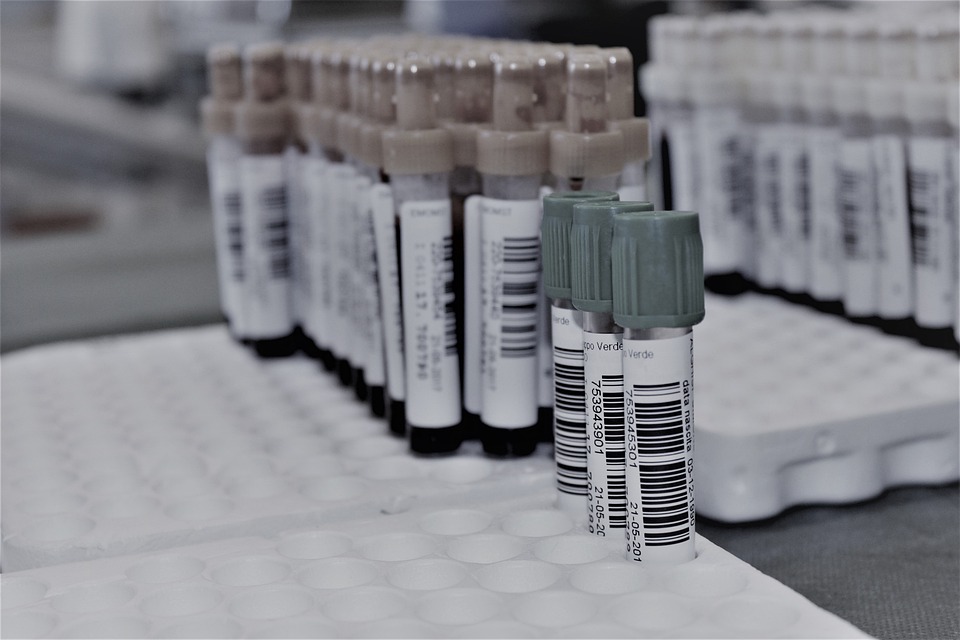Given that the COVID lockdowns forced all of the communication between doctors (HCPs)/patients and pharmaceutical companies to happen virtually, companies got quite creative in the ways they engage HCPs and patients online.
At first (i.e. in 2020 and the start of 2021) the codes and legal framework as to how to conduct virtual engagements ethically was patchy at best. At the start of 2021, updates started to emerge. However, those still left a lot of room for interpretation, and, therefore, consistency in the application was lacking.
At last, on the 28 of September 2022, the International Federation of Pharmaceutical Manufacturers and Associations (IFPMA) and the European Federation of Pharmaceutical Industries and Associations (EFPIA) issued a Joint Note for Guidance on social media and digital channels (IFPMA-EFPIA-Joint-Note-for-Guidance-on-Social-Media-and-Digital-Channels-September-2022.pdf) in order to fill the gaps, providing much needed clarity and curbing unethical practices.
As a medical association/society who organizes congresses sponsored by Pharma and MedTech companies, you probably wonder:
- to what extent does the Guidance affect you?
- whether your industry sponsored activities fit within the scope?
- what are the most important points relevant to you from the Guidance?
- what are the things you should/can do to mitigate risks?
Search no more. Below you will find the most important points and how they may affect your next industry-sponsored activities.
As a starting point, it is good to remember that everything that in essence was forbidden regarding face-to-face interactions is still prohibited when it comes to online interactions. The most important points to keep in mind from the Guidance – the ones that are relevant to medical associations – are as follows:
1. Where do associations fit within the scope of the Guidance: The activities they organize on behalf of industry (i.e. anything that is sponsored by industry) is what brings the association/societies within the scope of the Guidance, see below:
“Activities: This Note for Guidance includes general principles applicable to all members’ activities on social media and digital channels directed to/intended for third parties, conducted either by the member company itself or a third party acting on its behalf..”
2. The importance of ensuring that content is seen or spread to the correct audiences only has been emphasized.
HCP/non-HCP
Ensuring that non-HCPs do not have access (even accidentally/unintentionally) to content meant for HCPs has been underlined again in the Guidance document. Violations can not only be spotted by regulators, but we understand HCPs and non-HCPs can also raise complaints as well as pharma companies (competitors).
Therefore, the way risks can be managed would be for you to review internally how:
- you ensure that your audience for e-mail blasting, virtual medical education, or on-site during symposiums and at the exhibition floor is well segregated.
- you separate HCPs from non-HCPs (both on-site but also online). How well is this method applied? Is the method applied in the same way during online CME sessions that are not connected to the congress (regular activities)?
- is the responsibility divided between you and industry in relation to the appropriate separation of HCPs and non-HCPs? This is in relation to e-mail campaigns around congresses. Do you receive clear guidance from industry as to who should receive the materials to be sent or does industry relay on your judgement?
No illegal promotion
Ensuring that promotional content is provided to the correct audience but also restricted where needed/appropriate is very important. Therefore, questions such as the below are relevant:
- For example, how do you ensure that faculty is not speaking about something that on the face of it would not be promotional content – like a formula, but in its essence, can be perceived by regulators as promotional, due to that specific formula being owned by only one Pharma;
- Also, is the scientific content the faculty speaks about (during for example (non-industry) Symposiums) being reviewed by your association/society? and
- Are you able to spot issues during the review process (if such process exists) or later in case the content included details that might be perceived as branded?
- How do you ensure that industry is not doing promotion during their (industry) symposiums? Is the content they provide reviewed and to what extent?
The ways to manage the risks in relation to promotion could be as follows:
- Update your Terms & Conditions documents for Industry as well as the sponsorship agreement templates (if such a thing exists) with appropriate wording
- Include appropriate language in your Contracts and Terms & Conditions for HCP speakers/faculty in relation to your (non-industry sponsored) symposiums
Keeping up with the ever-changing pharma rules and regulations can be particularly challenging and time consuming, especially when it is not the main activity of your organization and there is no dedicated person to the task. Therefore, with its extensive experience working with Pharma and MedTech companies, GCO’s compliance unit has dedicated itself to assisting medical associations with such compliance tasks.
Yana Budel is Compliance Advisor at GCO Global and is based in the Netherlands. GCO Global is a full-service organization delivering strategic meeting management solutions for the Life-Sciences industry.
